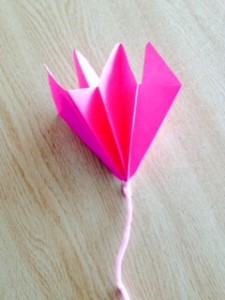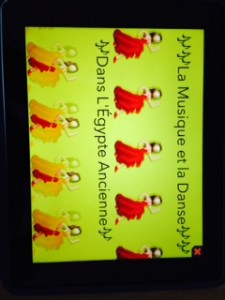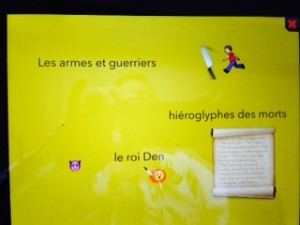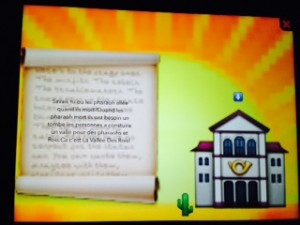http://www.amazon.ca/LiPad-%C3%A0-l%C3%A9cole-ladoption-linnovation/dp/2765520879/ref=sr_1_12?ie=UTF8&qid=1399581607&sr=8-12&keywords=karsenti
This is a fascinating book for anyone looking for great ideas to engage their students using technology. The book provides a list of apps that works on the iPad and that can be used across the curriculum. There is something for every type of learner. For every app, there is a description of what the app, what students and teachers like about it, ideas on how to use it in the classroom and other fascinating information related to the app. There is a total of 31 apps described. I found in the book some of my favorite apps and others to discover.
There is also a discussion on how to choose apps and the process of integration of technology using the ASPID model.






